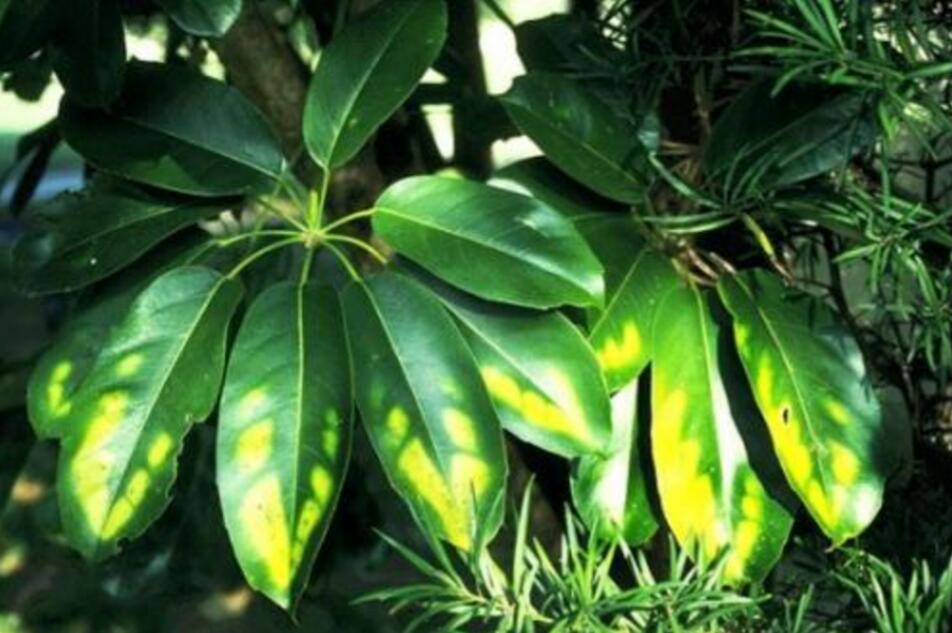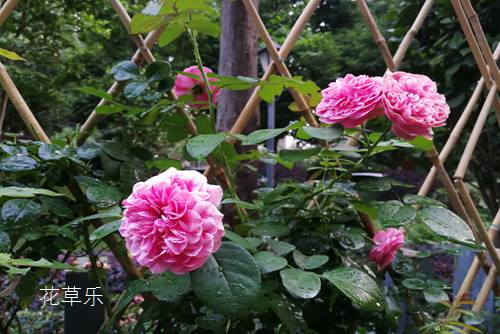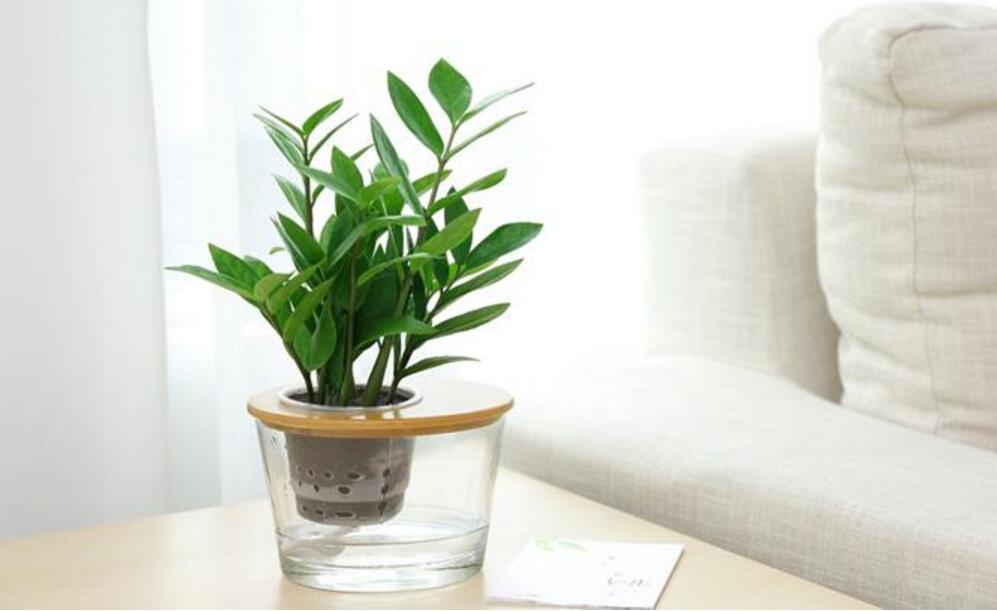Six most inconspicuous things can solve flower diseases and insect pests
The most fear of growing flowers is that there are many kinds of diseases and insect pests. I don't know how to treat it. So how to solve the problem when plant diseases and insect pests occur? In fact, many inconspicuous things at home can not only solve flower diseases and insect pests, but also prevent damage by small pets. Below, Huacao Le introduces you to several small things in daily life to solve flower diseases and insect pests.
Six most inconspicuous things can solve flower diseases and insect pests

1. Garlic
Flower friends who have kittens and dogs at home must have such troubles. When they see a bonsai of flowers and plants, they will touch it mischievously. At this time, they can mix the pungent food such as garlic and onion with a spoonful of pepper into a liter of water. Then spray the mixture on the leaves of the flowers, and the cats and dogs will naturally avoid it.
2. Tobacco
Flowers and plants infected with aphids and other pests can be dealt with with tobacco, because tobacco contains nicotine, and nicotine has a good effect on removing aphids. Soak two or three cigarette butts in a glass of water and wait for the water to turn yellow. after adding a little soapy water, soak the damaged parts of flowers in medicine, or spray them directly on the chemical society, which can effectively kill aphids.
3. Vinegar
Gardenia and rhododendron often appear leaves yellowing or even withering. At this time, as long as vinegar is poured around the plant every two or three weeks, the ratio of vinegar water is about 2 tablespoons vinegar plus one liter of water. This is because azaleas and gardenias like acidic soil, and we use tap water every day, and tap water belongs to hard water, which increases the content of lime, causing plant leaves to yellowing and withering.
4. Whole milk
Ticks can cause discoloration and withering of branches and leaves. But four cups of flour and half a cup of whole milk can be added to 20 liters of water, stirred well, filtered with gauze, and then sprayed on the branches and leaves of flowers to kill most ticks and eggs.
5. Beer
Beer is a practical and cheap medicine for snails. Pour beer directly into a shallow dish next to flowers, and the snail will climb into the plate and drown.
6. Detergent
The white fly is also a very harmful pest to flowers. It can be evenly mixed with a spoon of detergent and 4 liters of water, and then spray leaves every day until the white fly is completely eliminated.
Time: 2019-04-29 Click:
- Prev

How to raise rose flowers in order to make potted roses safe in summer?
Whenever the height of summer comes, the rose, regardless of flower color, flower shape, petal number, flower size and growth potential, is inferior to that of spring and autumn. The main factor affecting the flowering of rose is temperature. In spring and autumn, due to the suitable temperature difference between day and night and suitable light intensity, the branches are fully developed and the flower heads are well developed.
- Next

Control and management of diseases and insect pests of 11 common indoor foliage plants
Potted plants can decorate the home, and at the same time, it can bring people a good mood. If you don't raise one or two pots of foliage plants at home, you will always have less taste of home.
Related
- Fuxing push coffee new agricultural production and marketing class: lack of small-scale processing plants
- Jujube rice field leisure farm deep ploughing Yilan for five years to create a space for organic food and play
- Nongyu Farm-A trial of organic papaya for brave women with advanced technology
- Four points for attention in the prevention and control of diseases and insect pests of edible fungi
- How to add nutrient solution to Edible Fungi
- Is there any good way to control edible fungus mites?
- Open Inoculation Technology of Edible Fungi
- Is there any clever way to use fertilizer for edible fungus in winter?
- What agents are used to kill the pathogens of edible fungi in the mushroom shed?
- Rapid drying of Edible Fungi

